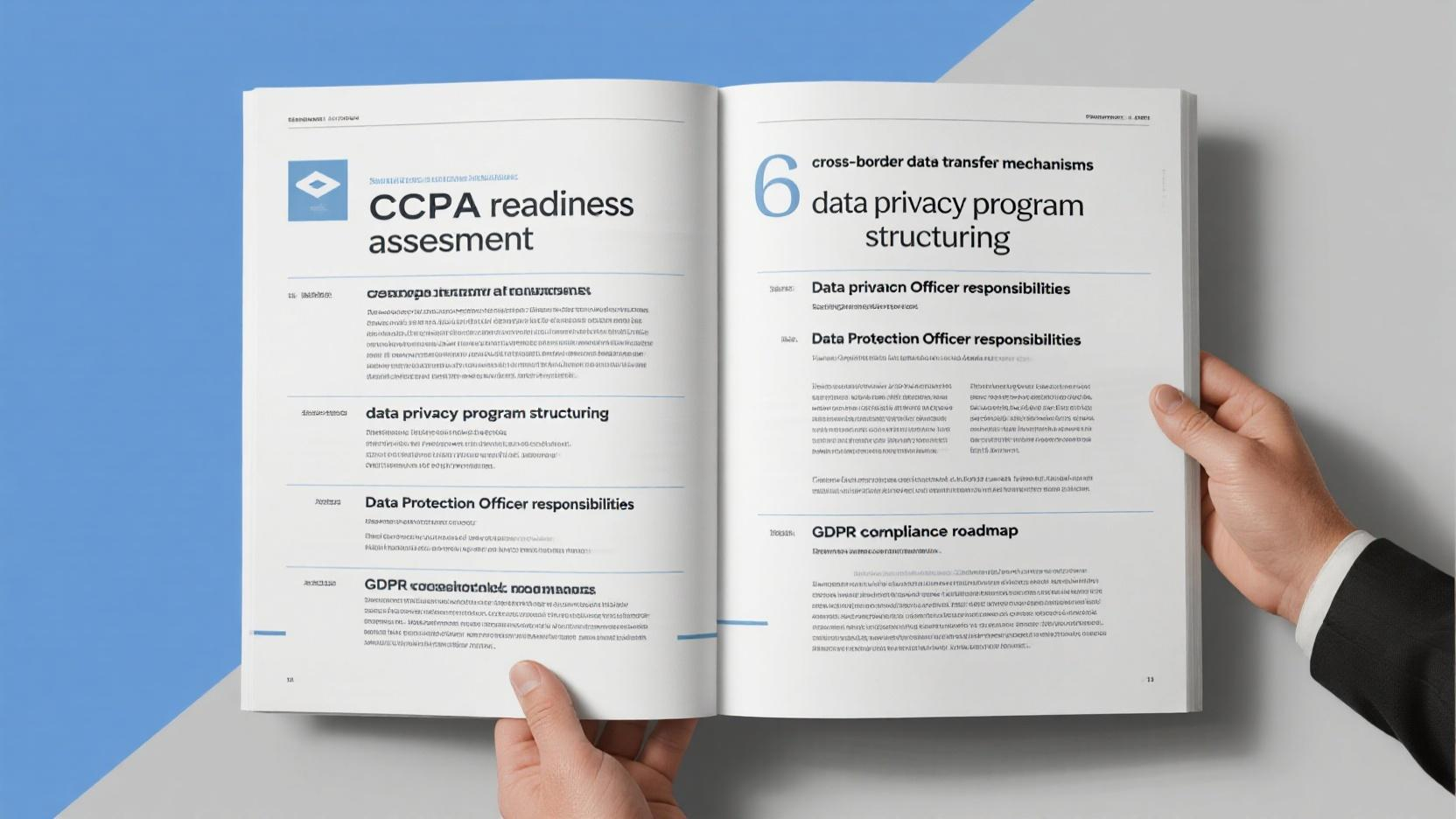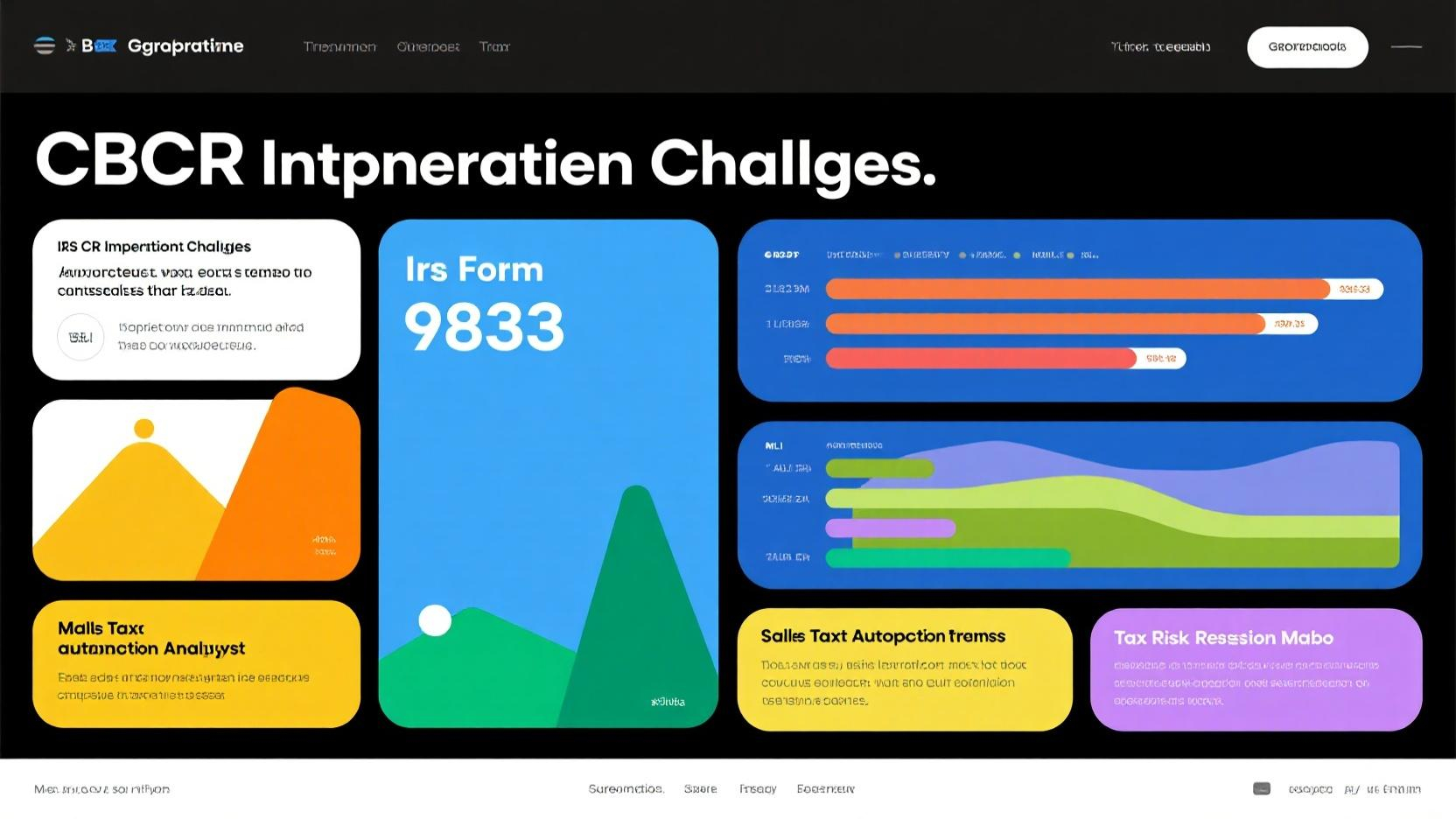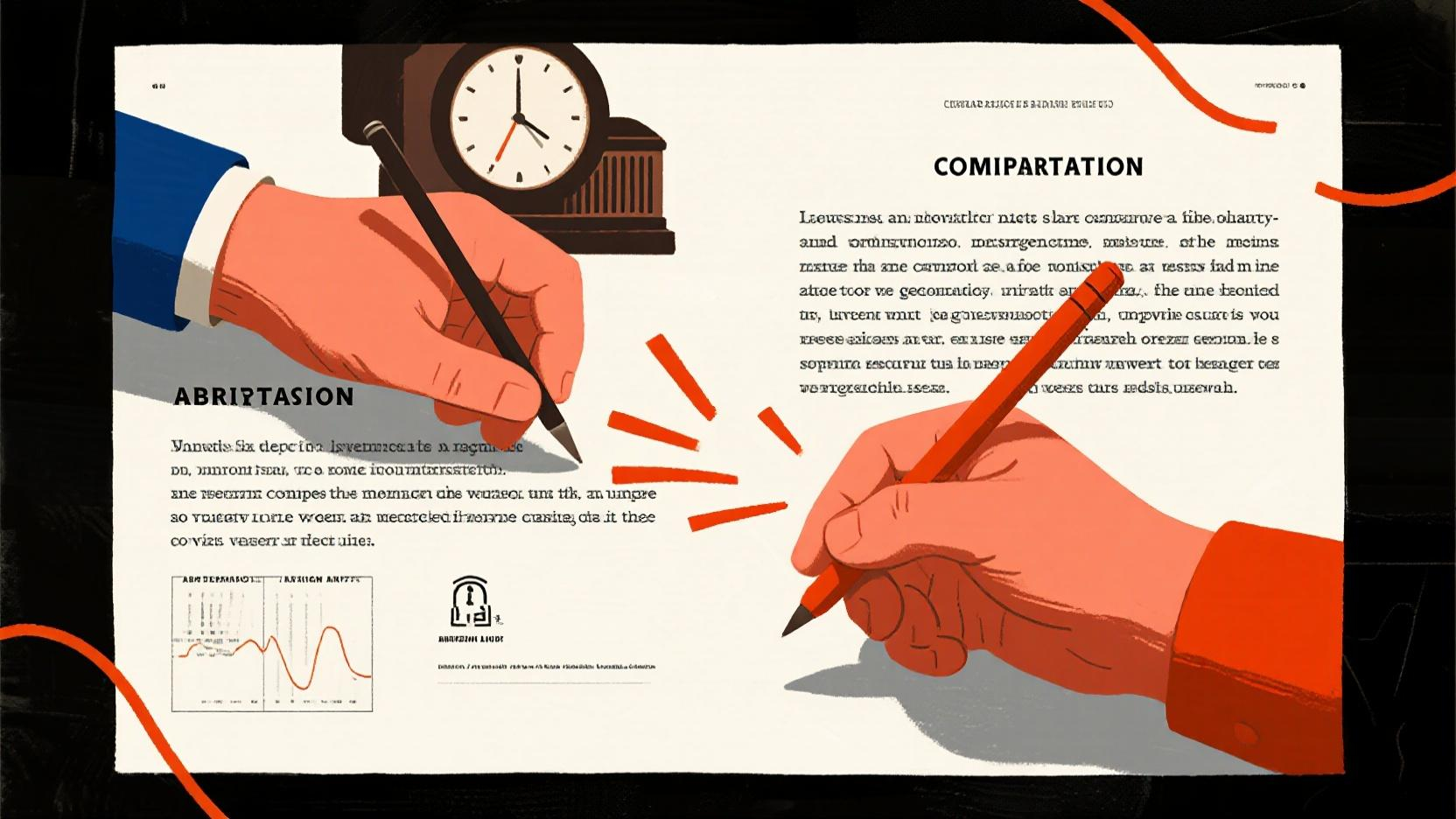
Image Source: pexels
Post-M&A integration: financing strategies and risk management require meticulous attention to ensure long-term success. Studies reveal that nearly 70% of mergers fail to achieve their announced synergies, often due to poor integration planning. Neglecting financial and operational alignment can lead to costly outcomes, as seen in Microsoft’s $7.9 billion write-off following its acquisition of Nokia. A structured approach to post-M&A integration helps mitigate such risks, enabling companies to unlock value and achieve their strategic goals.
Key Takeaways
- Successful post-M&A integration needs a clear financial plan. This plan should match the company’s goals and improve tracking money and performance.
- Finding hidden costs early in the M&A process is important. Companies must carefully check details to spot risks and avoid money problems later.
- Clear communication is very important for smooth integration. Sharing updates often and listening to feedback builds trust and lowers confusion for everyone involved.
Key Financial Challenges in Post-M&A Integration

Image Source: unsplash
Managing Cash Flow and Liquidity
Post-M&A integration often disrupts cash flow, creating liquidity challenges. Companies must balance operational expenses, integration costs, and debt obligations while maintaining sufficient working capital. Financial reporting accuracy plays a critical role in managing liquidity. For example, tracking key performance indicators (KPIs) such as financial reporting accuracy and timeliness of financial information can help organizations identify inefficiencies.
| KPI | Description | Purpose |
|---|---|---|
| Financial Reporting Accuracy | Measure the percentage of errors in financial statements | Assess improvement in accuracy |
| Timeliness of Financial Information | Measure the average duration of the monthly financial close process | Aim to reduce this duration |
By addressing these metrics, companies can improve cash flow visibility and ensure smoother integration.
Aligning Financial Systems and Processes
Aligning financial systems is a significant hurdle in post-M&A integration. Companies must assess existing systems, evaluate their compatibility, and develop a consolidation strategy. This process involves redefining workflows and team roles to meet new business objectives. Misaligned systems can lead to inefficiencies, delayed reporting, and compliance risks.
- Adjust workflows to align with the merged entity’s goals.
- Redefine team roles to support new operational structures.
- Conduct a comprehensive assessment of transactional workflows.
Financial integration should align with the organization’s corporate strategy to maximize value creation and support broader objectives.
Addressing Debt and Capital Structure Issues
Debt and capital structure management are critical for post-M&A success. Companies often rely on a mix of cash, debt, and equity to finance acquisitions. Each method has its advantages and potential pitfalls.
| Financing Method | Advantages | Potential Pitfalls |
|---|---|---|
| Cash | Immediate liquidity | Reduces cash reserves |
| Debt | Tax benefits | Increased financial risk |
| Equity | No repayment obligation | Dilution of ownership |
Addressing these issues ensures operational needs are met, facilitates financial integration, and sets the stage for future growth.
Identifying Hidden Costs and Unexpected Expenses
Hidden costs can derail post-M&A integration if not identified early. Enhanced due diligence often reveals underfunded pensions, unresolved lawsuits, or unexpected increases in fixed costs. A survey by Bain & Company found that 95% of respondents adjusted their M&A strategies due to rising interest rates, with two-thirds becoming more selective about deals to avoid hidden costs. Reviewing historical financial data can also uncover trends in cost-to-revenue ratios, signaling potential risks.
Proactively identifying these expenses helps companies avoid financial surprises and ensures a smoother integration process.
Effective Financing Strategies
Developing a Comprehensive Financial Plan
A comprehensive financial plan serves as the backbone of successful post-M&A integration. It aligns financial objectives with strategic goals, ensuring a clear roadmap for the merged entity. Companies should focus on improving financial reporting accuracy, reducing manual effort, and enhancing visibility into financial performance.
| KPI | Measurement Method | Expected Outcome |
|---|---|---|
| Financial Reporting Accuracy | Measure error rate in financial statements before and after integration | Improved accuracy in financial reporting |
| Timeliness of Financial Info | Assess monthly close cycle duration and reporting lag | Faster financial reporting |
| Reduction in Manual Effort | Quantify reduction in manual data entry tasks and transaction processing time | Decreased manual workload and processing time |
| Enhanced Visibility | Track usage of financial dashboards and predictive analytics effectiveness | Better insights into financial performance |
Establishing an Integration Management Office (IMO) and appointing leadership early can further streamline financial planning and execution.
Leveraging Bridge Loans and Credit Facilities
Bridge loans and credit facilities provide short-term liquidity during the integration phase. These financing tools help cover immediate expenses, such as restructuring costs and operational adjustments. Companies often use bridge loans to maintain cash flow while awaiting long-term financing solutions. Credit facilities, on the other hand, offer flexibility for unforeseen expenses. By leveraging these options, organizations can stabilize their financial position and focus on achieving integration milestones.
Optimizing Working Capital
Effective working capital management is essential for maintaining financial health during post-M&A integration. Companies can optimize cash flow by improving resource utilization and integrating financial systems. Collaboration between Finance Operations and Treasury unlocks efficiencies, while technology enhances visibility into financial processes.
- Financial integration supports better resource allocation and cost savings.
- Enhanced forecasting capabilities lead to more accurate decision-making.
- Streamlined processes improve operational efficiency and profitability.
These measures ensure smoother financial integration and long-term stability.
Exploring Equity Financing Options
Equity financing offers an alternative to debt, reducing financial risk while providing necessary capital. This approach involves issuing shares to raise funds, which can support integration activities and future growth. Metrics such as operating costs, revenue, and return on investment (ROI) help evaluate the success of equity financing.
| Metric | Description |
|---|---|
| Operating costs | Costs incurred in the operation of the merged entity |
| Revenue | Total income generated from sales post-merger |
| Profitability | Measure of financial gain after expenses |
| Market capitalizations | Total market value of the merged company |
| Return on investment (ROI) | Measure of the profitability of the investment |
By consolidating operations and restructuring organizational hierarchies, companies can maximize the benefits of equity financing during post-M&A integration.
Risk Management Techniques
Conducting Thorough Due Diligence
Thorough due diligence minimizes risks during post-M&A integration. It uncovers hidden liabilities, validates financial assumptions, and provides a baseline for negotiations. Companies often analyze 3–5 years of historical financial data to identify trends that influence valuation and deal structure.
| Evidence Type | Description |
|---|---|
| Historical Financial Data | Analyzing 3–5 years of financial records can uncover important trends that influence valuation and deal structure. |
| Financial Due Diligence Functions | Validates assumptions about the target company’s finances, identifies red flags, and informs deal structure. |
A meticulous approach ensures accurate valuations and mitigates risks like overstated revenue or underfunded pensions. Weak due diligence practices can lead to unexpected liabilities, negatively impacting integration outcomes.
Tip: Companies should prioritize financial analysis and operational audits to avoid surprises post-acquisition.
Establishing a Governance Framework
A robust governance framework ensures smooth integration and accountability. Establishing an Integration Management Office (IMO) provides transparency in roles and decision-making. Governance structures offer oversight and direction, aligning integration activities with strategic goals.
- Set Up Governance Structures: Essential for overseeing the integration process.
- Integration Steering Committee: Provides strategic oversight and ensures alignment with business strategy.
- Project Management Office (PMO): Manages daily integration activities and tracks progress.
These frameworks streamline operations, reduce inefficiencies, and enhance collaboration across teams.
Monitoring Compliance and Regulatory Risks
Compliance risks can escalate costs and disrupt operations. Enhanced evidence mapping helps demonstrate compliance, while sufficient funding and staffing ensure effective monitoring.
| Statistic | Source |
|---|---|
| 64% of large companies list enhanced evidence mapping as the top way to demonstrate compliance. | Coalfire Compliance Report 2023 |
| Breaches cost almost $220,000 more on average when noncompliance is a factor. | IBM’s Cost of a Data Breach Report 2023 |
Organizations must focus on identifying risks and providing visibility to senior management. Proactive compliance measures reduce audit fatigue and safeguard against penalties.
Addressing Cultural and Operational Risks
Cultural alignment plays a pivotal role in integration success. Involving owners throughout the process leverages their insights into company history and market dynamics. Neglecting cultural differences can lead to employee disengagement and operational inefficiencies.
- Success Story: A $2 billion tech merger succeeded by focusing on cultural alignment and effective communication, exceeding synergy targets by 15% within 18 months.
- Failure: A merger between two retail giants failed due to neglecting cultural differences, resulting in employee disengagement and operational inefficiencies.
Prioritizing cultural integration fosters collaboration and accelerates synergy realization.
Best Practices for Seamless Integration
Ensuring Transparent Communication
Transparent communication is a cornerstone of successful post-M&A integration. It reduces uncertainty, fosters trust, and ensures all stakeholders remain aligned. Studies show that 75% of merger difficulties arise from communication issues, highlighting the importance of clear strategies. Additionally, 73% of employees believe effective communication reduces anxiety during transitions. Organizations should prioritize regular updates, using multiple channels to reach diverse audiences.
Effective communication also empowers employees to perform at their best. Leaders can host town halls, share integration milestones, and provide platforms for feedback. These efforts create a culture of openness, ensuring smoother transitions and higher engagement levels.
Aligning Leadership and Stakeholder Objectives
Leadership alignment is critical for guiding integration efforts. Successful integrations often begin with clear strategic objectives, such as cost reduction or market expansion. Establishing an Integration Management Office (IMO) ensures effective planning and decision-making. Early leadership appointments signal stability and clarity, fostering confidence among stakeholders.
Senior leaders must actively participate in integration activities to maintain focus on priorities. Involving key stakeholders, such as finance and IT teams, ensures alignment with corporate goals. According to PwC’s 2023 M&A Integration Survey, organizations with strong leadership alignment achieve better outcomes in transformational deals.
Utilizing Technology and Automation Tools
Technology plays a pivotal role in streamlining integration processes. Automation tools enhance due diligence by capturing critical information during stakeholder interactions. They also facilitate knowledge transfer, ensuring institutional insights are shared across teams. AI-powered tools improve project management by generating detailed reports and maintaining accurate records for compliance.
Organizations can measure success through metrics like operational efficiency and user satisfaction. For example, real-time system performance metrics and standardized processes indicate effective technology adoption. These tools not only improve efficiency but also enhance communication in global M&A deals.
Continuously Evaluating and Refining Strategies
Continuous evaluation ensures integration strategies remain effective over time. Companies that succeed in post-merger integration set measurable targets and review metrics quarterly. This approach identifies gaps early and allows for timely adjustments. Successful acquirers document lessons learned, creating a feedback loop for future integrations.
Developing KPI dashboards provides real-time visibility into integration performance. Regular cross-functional meetings help address challenges and track progress. Tools like Gantt charts and scorecards offer snapshots of project health, ensuring teams stay on track. By refining strategies, organizations can adapt to evolving needs and achieve long-term success.
Strategic financial planning and proactive risk management are essential for post-M&A success. Companies that prioritize these elements often achieve better outcomes.
- A $2 billion tech merger exceeded synergy targets by 15% within 18 months through disciplined execution and clear KPIs.
- Thorough financial due diligence uncovers risks early, such as hidden liabilities and growth trends, ensuring smoother integration.
Aligning financial and operational goals creates sustainable value. For example, operational data offers immediate cost-saving opportunities, while supply chain consolidation delivers long-term gains.
| Analysis Area | Focus Points | Value Creation Potential |
|---|---|---|
| Operational Data | Opportunities for cost savings | Immediate |
| Supply Chain | Gains from consolidation | Long-term |
Continuous improvement fosters adaptability, enabling organizations to refine strategies and respond to evolving challenges effectively.
FAQ
What is the role of an Integration Management Office (IMO) in post-M&A integration?
An IMO oversees integration activities, ensuring alignment with strategic goals. It provides structure, tracks progress, and facilitates communication between teams for seamless execution.
How can companies identify hidden costs during M&A due diligence?
Companies should analyze historical financial data, review contracts, and assess liabilities. This process uncovers underfunded pensions, unresolved lawsuits, or unexpected fixed costs.
Why is cultural alignment important in post-M&A integration?
Cultural alignment fosters collaboration and reduces employee disengagement. It ensures smoother transitions, accelerates synergy realization, and minimizes operational inefficiencies.














